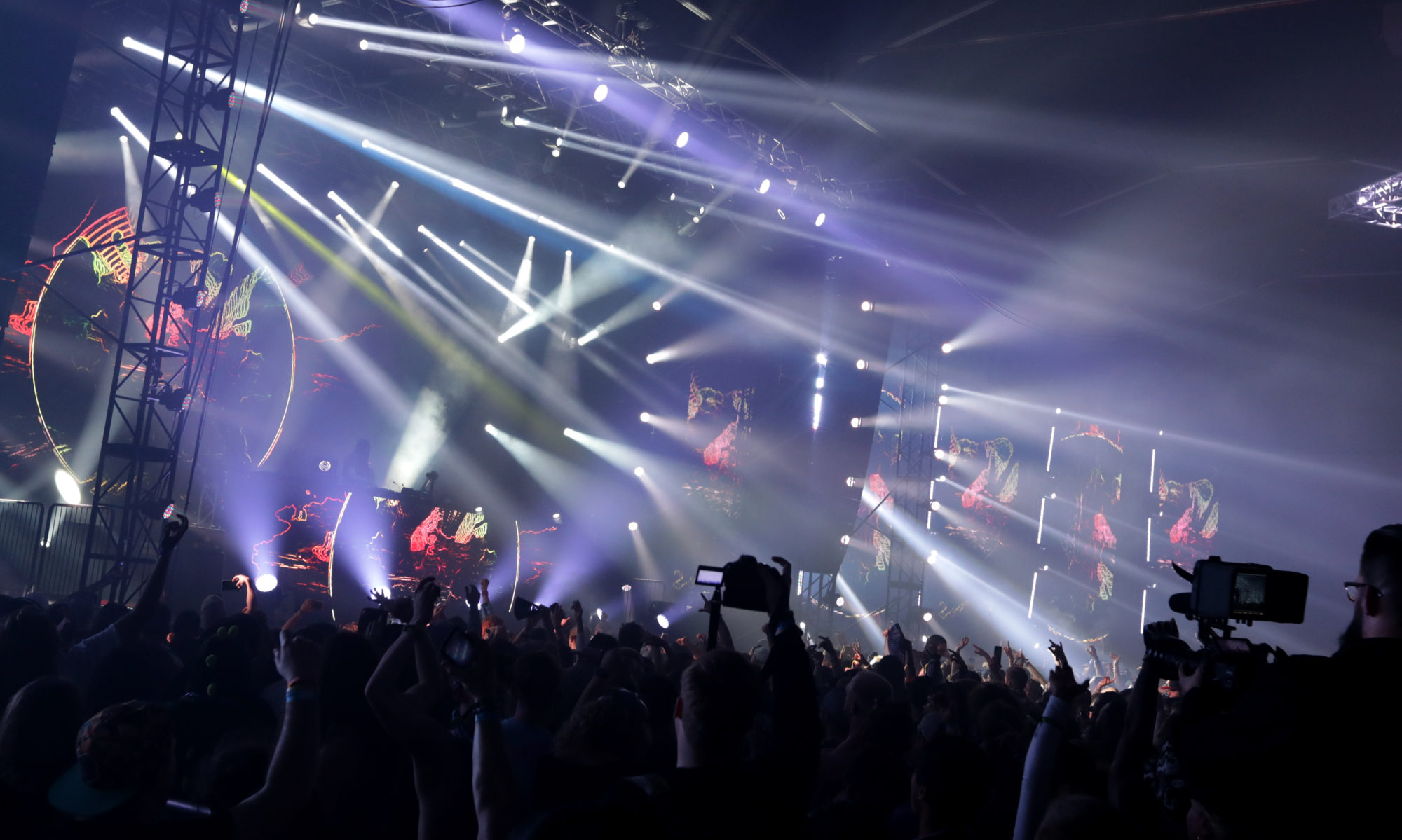I posted about another DIY camera lens I was playing with recently:
I have three old enlarging lenses – two
Wollensak lenses, and the other I’m not quite sure about – that I got for dirt cheap (five bucks a piece), and I wanted to try and mount them to my Canon EOS camera bodies. I’ve done similar projects with other lenses, so this wasn’t anything new to me. However, this time I wanted to put a new spin on it… using a Pringles potato chip can as the lens board/mount! Here is what I did, along with a couple quick snaps to test it out:
The first few images show it mounted to my back-up camera body, the Canon EOS 5D. A lot of different lenses could be mounted this way. All you have to do is cut a hole in the can’s tin bottom. My hole is almost exactly the right size, so I was able to wedge it in there without the need for any extra tape, screws, threaded lens rings, etc… Good thing, too, because this specific lens didn’t come with its mounting ring!

This picture below shows a close-up view of the DIY project. I cut up a Pringles can, gaff taped it to an old Pentacon to EOS lens mount adaptor I had sitting around and mounted a lens on the front. If you don’t have an adaptor like this on hand (most people probably won’t), you can buy a camera body cover and drill out the middle of it. Then just tape the can to the body cover for a similar end result.
This shows that I actually built the can in two sections, so I could change focus. It makes the unit more versatile, though a fixed focus at infinity or macro length would also be fun to use.

This is the can taken apart in two pieces. I had to cut the can closest to the camera body, so I could reduce the diameter, allowing it to slide in and out of the front can piece. You can see where I taped it back together. You can also see that I sprayed the inside of the can flat black. The reflective silver inside might make for some cool-looking photos, but it will definitely cause problems with image quality.

Here’s a closer view of the EOS mount adaptor I had on hand. It makes it easy to take the DIY lens on and off of my Canon mkII (or any other EOS body you might have). However, you do not need this mount to make this project work. Like I mentioned above, you can modify a body cap, or you can even just use a bunch of gaffer’s tape! That’s how I mounted my last DIY lens… a bunch of tape! Just tape it right to the outside of your camera body – remembering to keep the tape AWAY from the camera insides, mirror mechanism, electrical contacts and any buttons you’ll need to use/push.

Here’s a test pic I took of my middle boy. Normally, I like to play around with these little projects a bit more, but it was raining pretty bad. I’ll take it outside when it clears up and post more pics soon.



